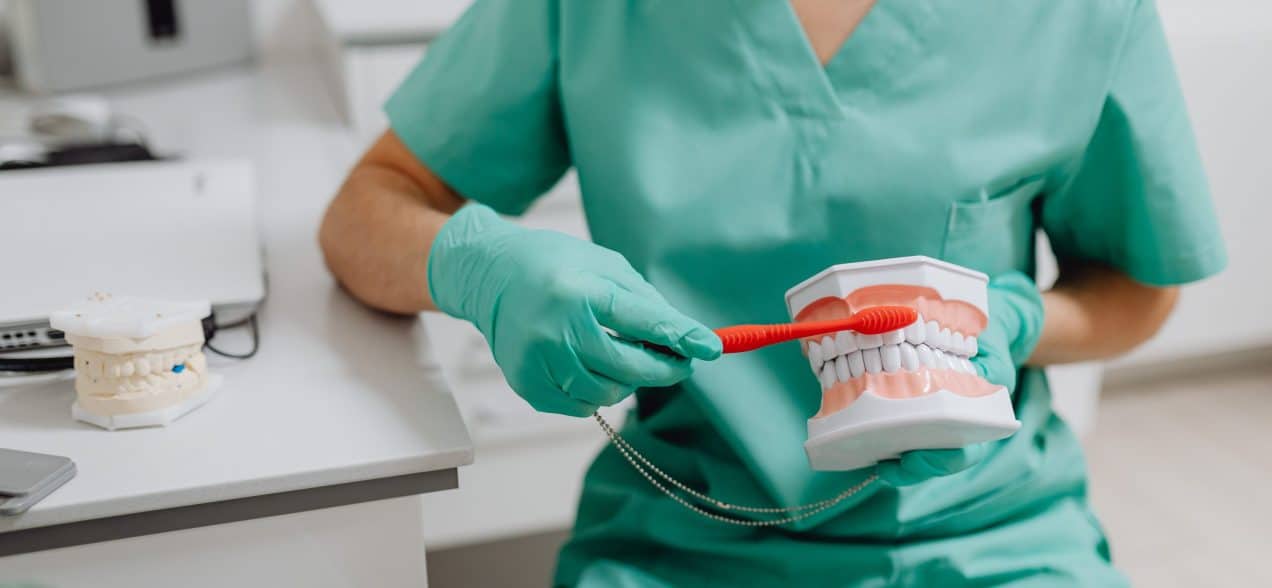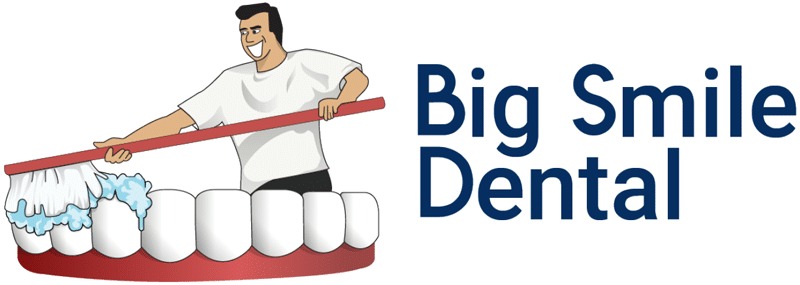
There are several routes you can take to treat your gum recession. But before we get into those, it’s important to know what causes receding gums and how you can ultimately prevent it from happening.
The first signs of gum recession will be subtle. You won’t just have a more exposed tooth overnight. It can start with things as simple as swollen bleeding gums, bad breath or loose teeth. It’s even possible to no symptoms. You might start to feel tenderness on your gum and may even begin to see some redness.
Don’t wait until the last minute to treat gum recession. At that point, the only options might be surgery. But don’t freak out just yet. First, let me explain what causes gum recession and how you may be able to treat it before it gets too ugly.
RELATED: Should You Get Porcelain Veneers or a Snap-On Smile?
What Causes Gum Recession?
If you make regular appointments to your local Chicago dentist, then we will be able to spot any warning signs of gum recession. Because the causes of receding gums usually start with oral hygiene, our dentists will redirect you to the best way to prevent the worst-case scenario.
More often than not, receding gums happen as a result of poor dental hygiene. When your teeth aren’t cleaned properly, the buildup can start to eat away at your gums. Stress, smoking, and teeth grinding can also attribute to this problem. And believe it or not, even brushing your teeth too aggressively will cause your gum to start receding.
On top of poor dental hygiene, however, gum recession can be caused by factors that are out of your hands. Immune disorders and hereditary factors can be the culprit behind this uncomfortable condition.
Causes of gum recession:
How Do You Treat Gum Recession?
Unfortunately, gum recession isn’t really something that can be reversed. The good news is, there are preventative steps you can take so that it doesn’t get any worse! If your receding gum line is truly causing you discomfort or insecurity, there are a few more diligent procedures that we can consider.
Scaling or “root planning” is a deep cleaning procedure we can do to treat gum recession. Because the buildup of plaque in your teeth can lead to more tooth recession as well as serious issues such as gum disease, this type of deep cleaning may be necessary.
Another option is called gum grafting. This involves taking other parts of your gum tissue and attaching it to your receding gum line. It is a surgical procedure, but it is relatively simple and won’t take too long. This is the only way to effectively restore and build back up your receding gums.
If surgery seems too daunting for you, you can always talk to me about veneers. Veneers can be used to cover gum recession, therefore acting as a cosmetic way to treat gum recession. Spaced or gapped teeth can also be a contributing factor for this condition, so make sure to contact me with questions about how Invisalign might also be a good option for you.
How To Prevent Receding Gums
Overall, the best way to prevent harsh receding gums is to be proactive in your daily dental care. Make sure you have regular or annual visits to Big Smile Dental in Chicago. Getting regular cleanings will help deter that plaque buildup which can cause gums recession. Make sure to change your toothbrush at home every three months and be sure to keep up with routine dental care:
Brush your teeth at least twice a day
Floss daily
Use a mouthwash that targets plaque buildup
About Dr. Siegel
Dr. Siegel at Big Smile Dental in Chicago can address your concerns about your gum lines. Dr. Siegel is a celebrated dentist in Chicago who is an expert in Invisalign, veneers, and other types of cosmetic dentistry. He’s extremely active in the community as a member of the Dentist in Chicago Society, Illinois State Dental Society, the American Dental Association, and the prestigious Academy of Gp Orthodontics.
At Big Smile Dental, we are dedicated to making your smile healthy and beautiful. Learn more about our practice and our credentials.






